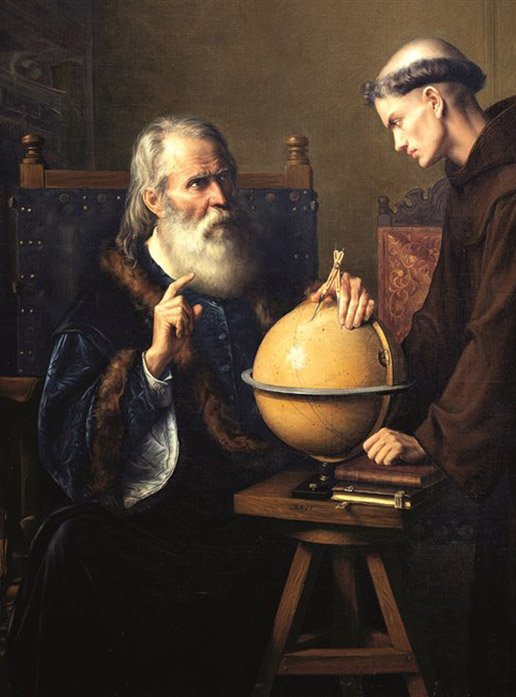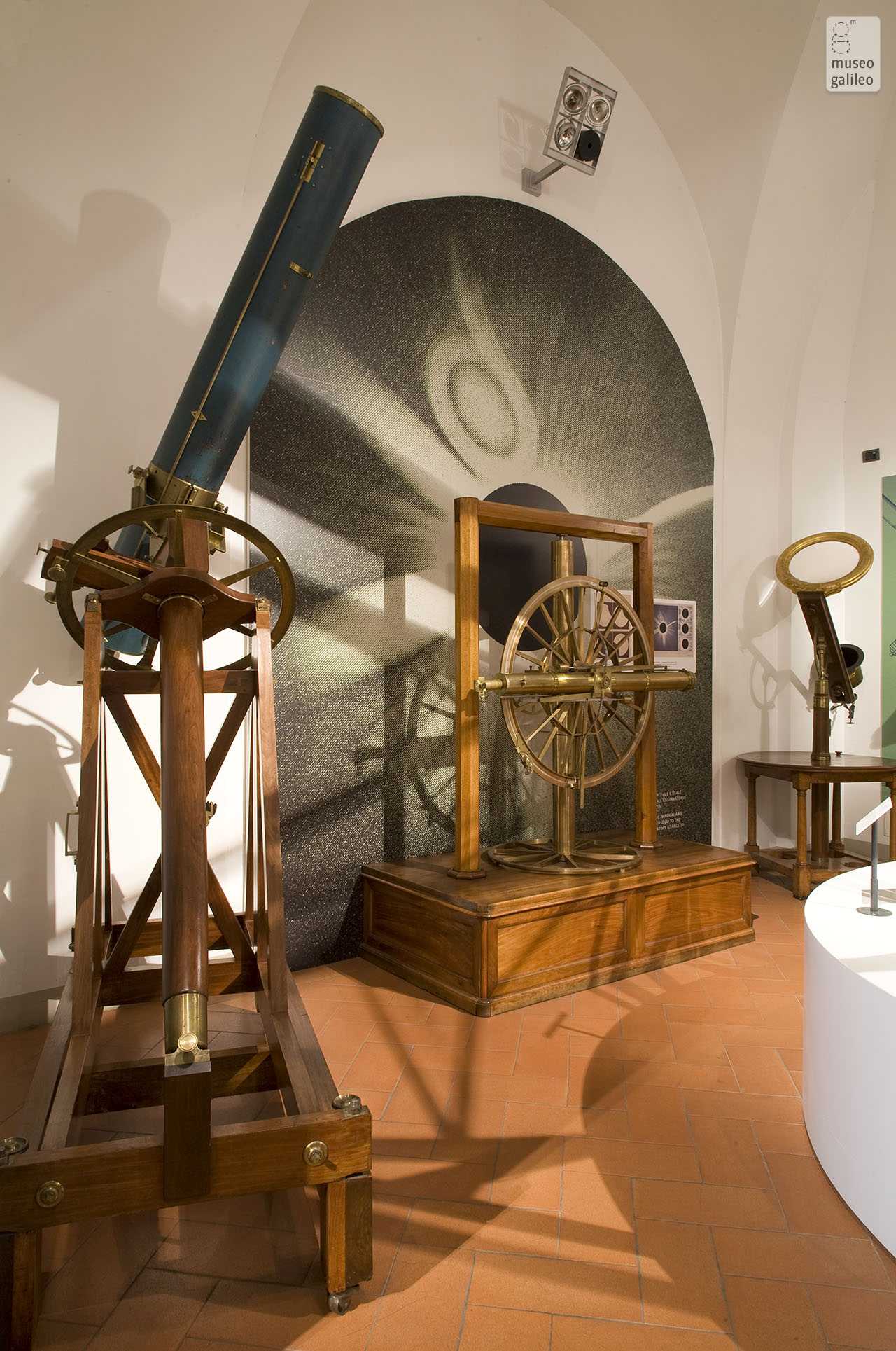Call us for more information
055 222431The Cappa


Thus in 1581 Galileo entered the university of Pisa. In those years he formulated the law of isochronism of pendulum motion after observing the oscillation of a lamp in the cathedral of Pisa.
In 1585 he left Pisa to return to Florence, without obtaining any academic qualification. Here he writes the “Theoremata circa centrum gravitatis solidorum” and also arrives at the invention of the hydrostatic balance.
In 1589he obtained the chair of mathematics in the University of Pisa. Meanwhile, following the death of his father, who left him the responsibility of the family, his economic situation became very precarious and in 1592, eager for better economic and working conditions, he managed to be assigned the chair of mathematics at the Studio of Padua, where he remained for 18 years, considered the most peaceful and happiest years of his life.
As for his private life, in this period, from living with Marina Gamba, Venetian, he has three children, two girls and a boy.
In 1609, following the rediscovery and improvement of the telescope, observing celestial phenomena, he made a series of discoveries such as the mountainous nature of the moon, the identification of stars before unknown and of the four satellites of Jupiter, called Astri Medicei.
All this is presented to the international scientific community in the Sidereus Nuncius, which gives him the nomination of chief mathematicianand grand ducal philosopher, without obligation to teaching and honorable economic conditions. In that same year he discovered the rings of Saturn, the sunspots, the phases of Venus.
Having returned to Florence, in 1611, after having obtained the consent of the major astronomers and mathematicians of the time, he went to Rome to illustrate his discoveries, harshly opposed by traditionalist scientists, where he obtained the approval of Jesuits of the Roman College.
But the first suspicions of heresy were already aroused on the part of the Inquisition. He enters into direct controversy with a Jesuit and, in the four famous “Copernican Letters”, finds himself forced to set the limits between science and faith.
Therefore, despite his influential friends, on February 24, 1616, by a decree of Cardinal Bellarmine, he was admonished to abstain from professing and teaching the Copernican theory, as it was irreconcilable with the Catholic faith, otherwise he would have been incarcerated.
Although deeply embittered, feeling strong in his own convictions, he resumes the controversy, and with “Il Saggiatore”, his polemical masterpiece, he achieves great success.
In 1624 he undertook the composition of the “Dialogue of the Greatest Systems”, but the revolutionary charge of the work provoked the immediate reaction of the Inquisition, which seized the book and ordered the author to go immediately to Rome, where he was suspected of heresy, Galileo is tried and condemned for having disobeyed the orders of the Church.
The trial ends in 1633 with a formal prison sentence, because, thanks to his international prestige and his act of submission, Galileo is relegated first to Siena and then to the villa of Arcetri, near Florence, where he dies 8 January 1642: Only in 1736 were his remains placed in the Basilica of Santa Croce in Florence.